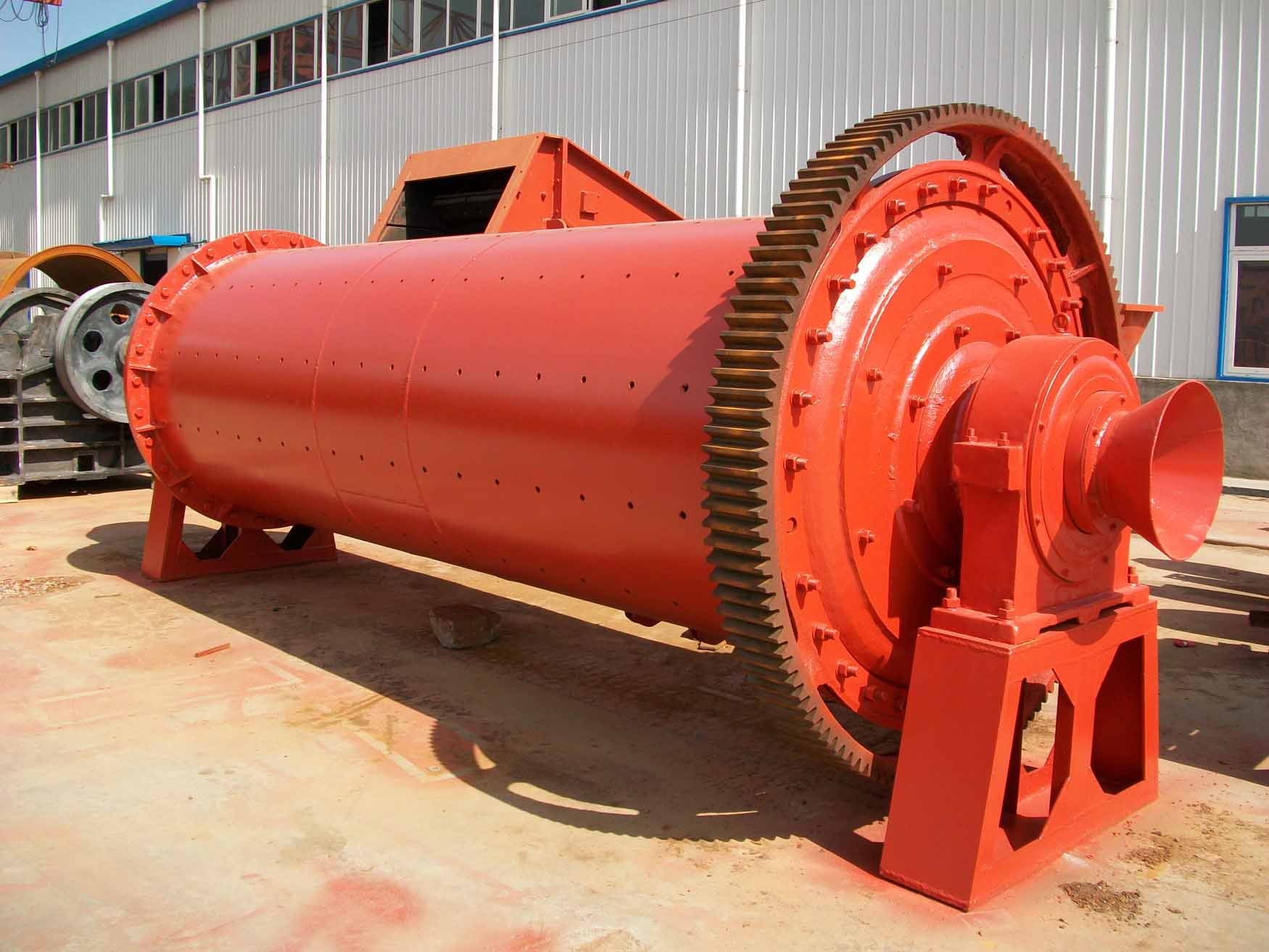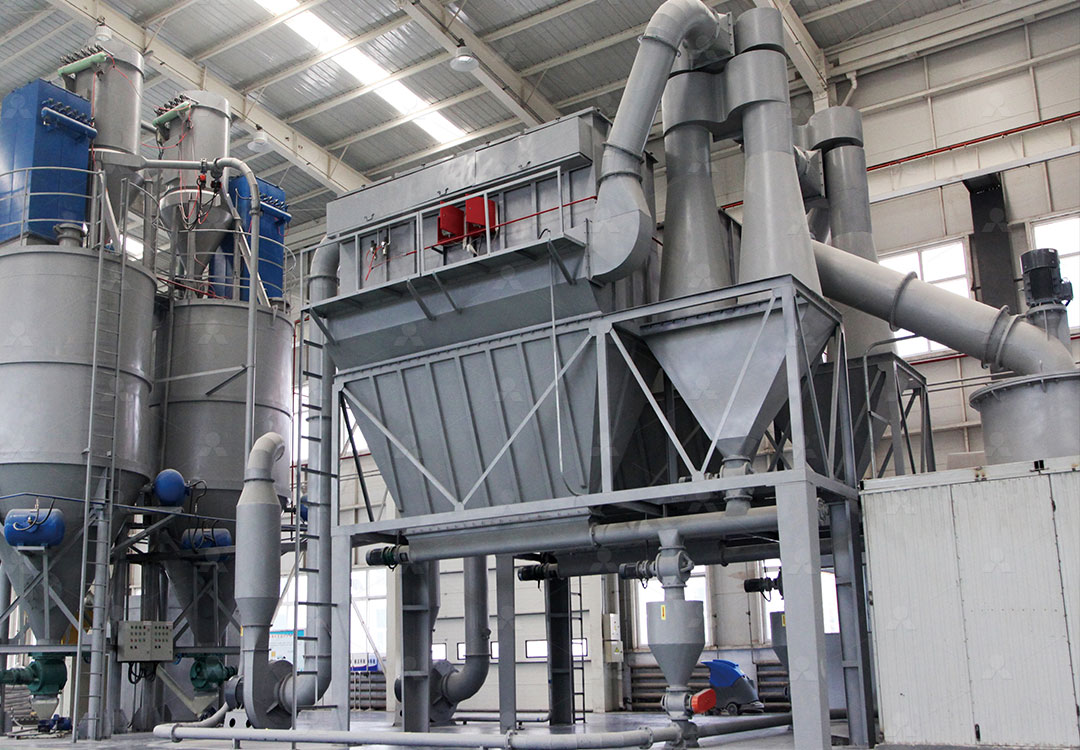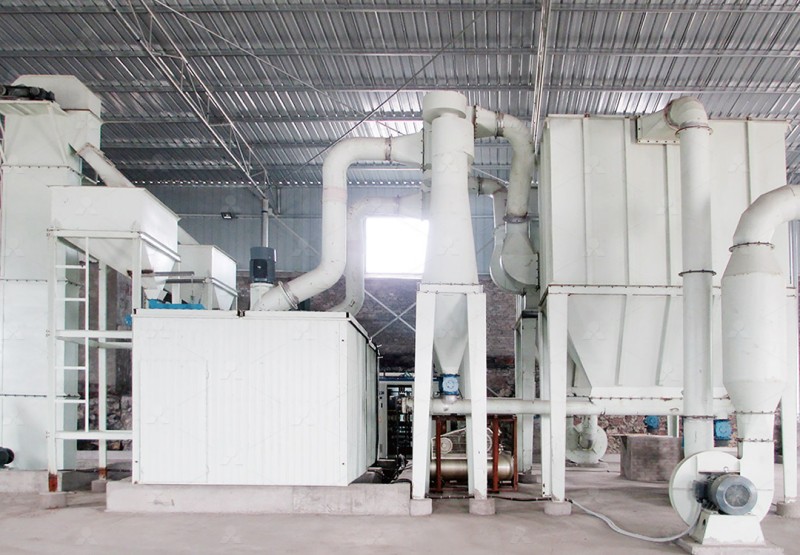What Is the Price of a 1000tph Ball Mill? A Key Machine for Mining Grinding Plants
What Is the Price of a 1000tph Ball Mill? A Key Machine for Mining Grinding Plants
When planning a large-scale mining operation, one of the most critical questions that arises is: What is the price of a 1000tph ball mill? This isn’t a simple question to answer, as the cost depends on numerous factors including specifications, materials of construction, motor power, and auxiliary equipment. Generally speaking, for such a high-capacity industrial ball mill, prices can range significantly from several hundred thousand dollars to over a million dollars, making it one of the most substantial investments in your grinding circuit.

Understanding Ball Mill Applications and Limitations
Ball mills have been the workhorse of mineral processing plants for decades, valued for their robustness and ability to handle various materials. These rotating cylinders containing grinding media (typically steel balls) can reduce materials to fine powders through impact and attrition. While excellent for many applications, traditional ball mills do have limitations in energy efficiency and fine grinding capabilities that modern operations must consider.
For operations requiring ultra-fine powders or dealing with specialized materials, our engineering team often recommends considering advanced alternatives that may offer better long-term value. The MW Ultrafine Grinding Mill, for instance, represents a technological leap forward with its higher yielding capacity and significantly lower energy consumption – using only 30% of the energy compared to jet grinding mills while delivering twice the output of traditional ball mills.

Factors Influencing Ball Mill Pricing
Several key elements determine the final price of a 1000tph ball mill:
- Construction Materials: Wear-resistant alloys and specialized liners increase durability but also cost
- Drive System: Girth gear configurations versus direct drive systems impact both price and maintenance requirements
- Automation Level: Advanced control systems add to initial cost but improve operational efficiency
- Ancillary Equipment: Feeders, classifiers, and dust collection systems contribute significantly to the total package price
- Customization: Site-specific modifications to standard designs affect both timeline and budget
Modern Alternatives for Enhanced Efficiency
While ball mills remain relevant for certain applications, many operations are transitioning to more efficient grinding technologies. The LUM Ultrafine Vertical Grinding Mill exemplifies this shift with its innovative design that integrates ultrafine powder grinding, grading and transporting in a single unit. With capacity ranging from 5-18 tph and the ability to process materials with input sizes up to 10mm, this system offers remarkable energy savings of 30%-50% compared to conventional mills.
The LUM series features advanced technologies including PLC control systems and multi-head powder separating technology, which completely solve the challenges of “high-precision and accurate cutting powder diameter, and fast switch of different production demands.” Its reversible structure allows for easier maintenance, significantly reducing downtime during roller shell and liner plate replacement.

Making the Right Investment Decision
When evaluating a 1000tph ball mill purchase, consider not just the initial capital expenditure but the total cost of ownership. Energy consumption, maintenance requirements, and production efficiency all contribute to the long-term financial impact. Our technical team can provide detailed comparisons between traditional ball mills and modern alternatives like the MW and LUM series to help you make an informed decision based on your specific material characteristics and production goals.
Remember that the most expensive equipment isn’t necessarily the best value, and the least expensive option may cost more over its operational lifespan. The right solution balances performance, efficiency, and reliability to maximize your return on investment.
Frequently Asked Questions
Q: What is the typical lead time for a 1000tph ball mill?
A: Lead times vary significantly based on customization and current manufacturing workload, but generally range from 6-9 months for equipment of this scale.
Q: How does the energy consumption of a traditional ball mill compare to modern alternatives?
A: Advanced mills like our MW Ultrafine Grinding Mill can reduce energy consumption by 30-50% compared to traditional ball mills while achieving similar or better output quality.
Q: What maintenance advantages do newer grinding technologies offer?
A: Designs like our LUM Ultrafine Vertical Grinding Mill feature reversible structures that allow easy access to grinding components, reducing maintenance downtime by up to 60% compared to traditional ball mills.
Q: Can these high-capacity mills handle variations in material hardness?
A: Yes, both traditional ball mills and modern alternatives like our MW and LUM series are designed to accommodate material variations, with adjustable grinding pressure and speed controls to maintain consistent output quality.
